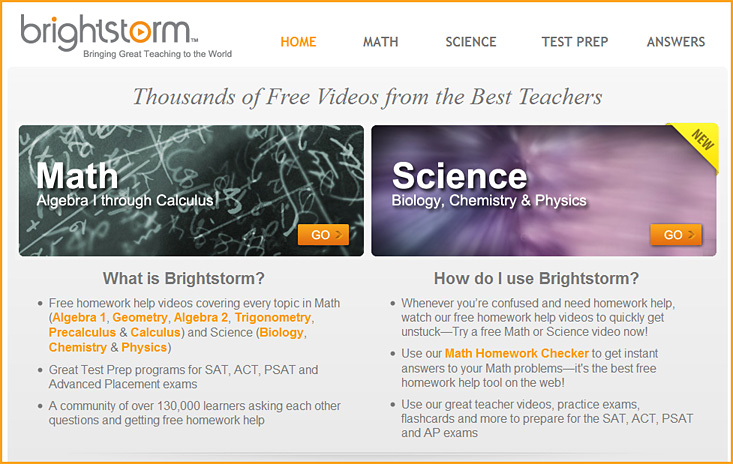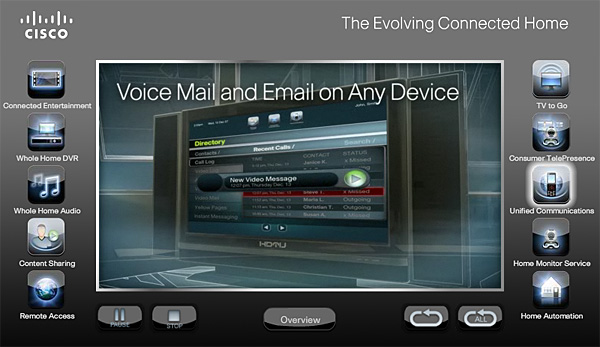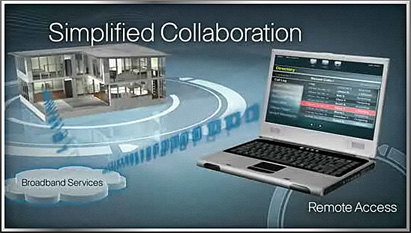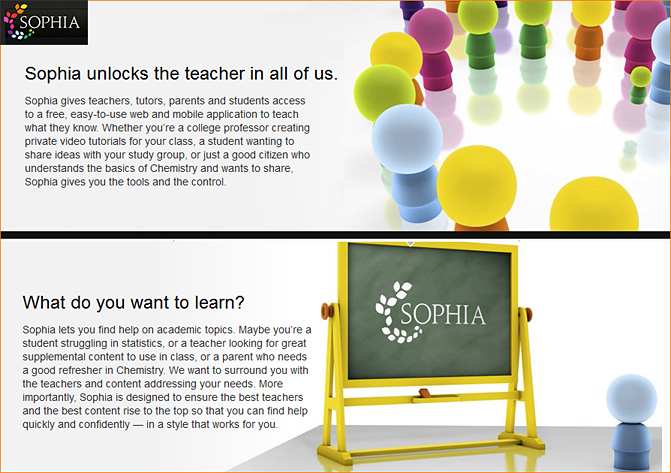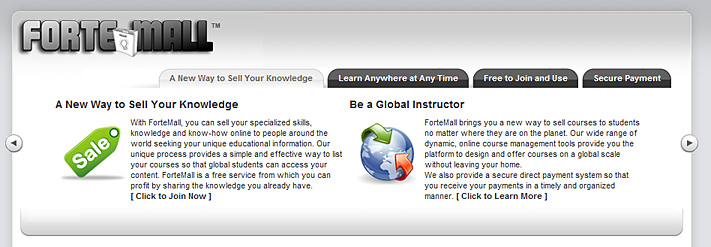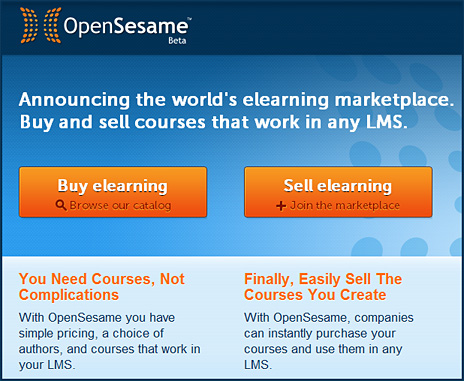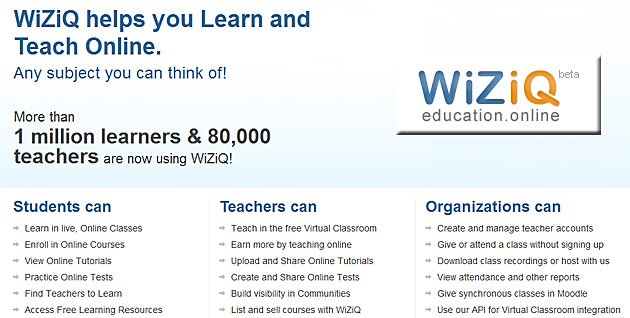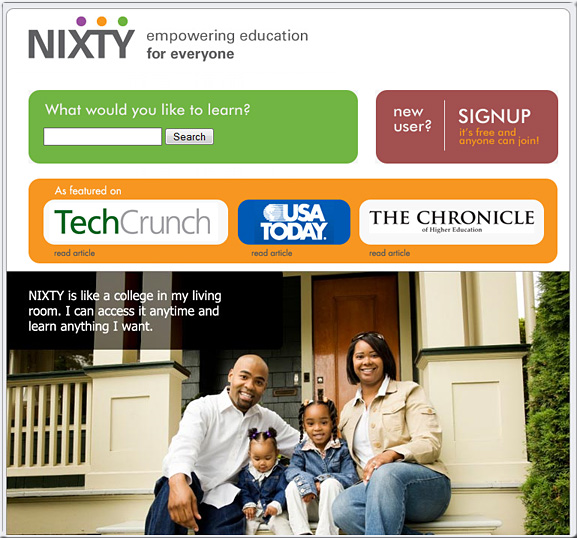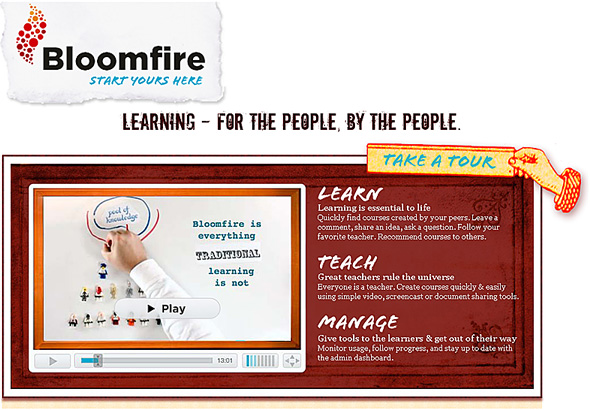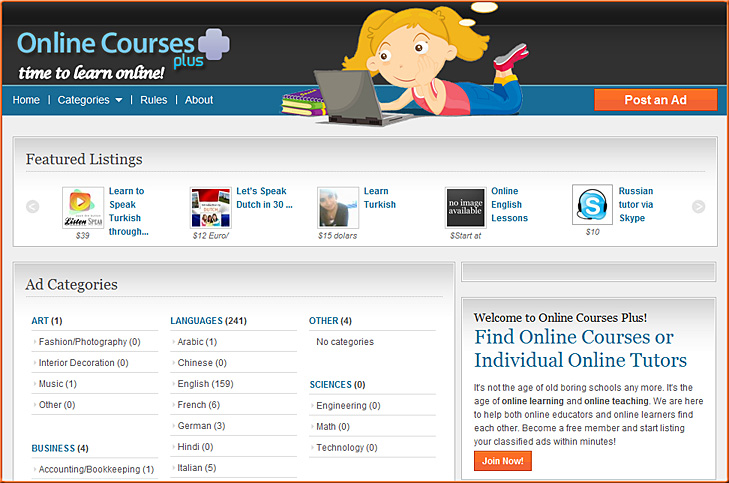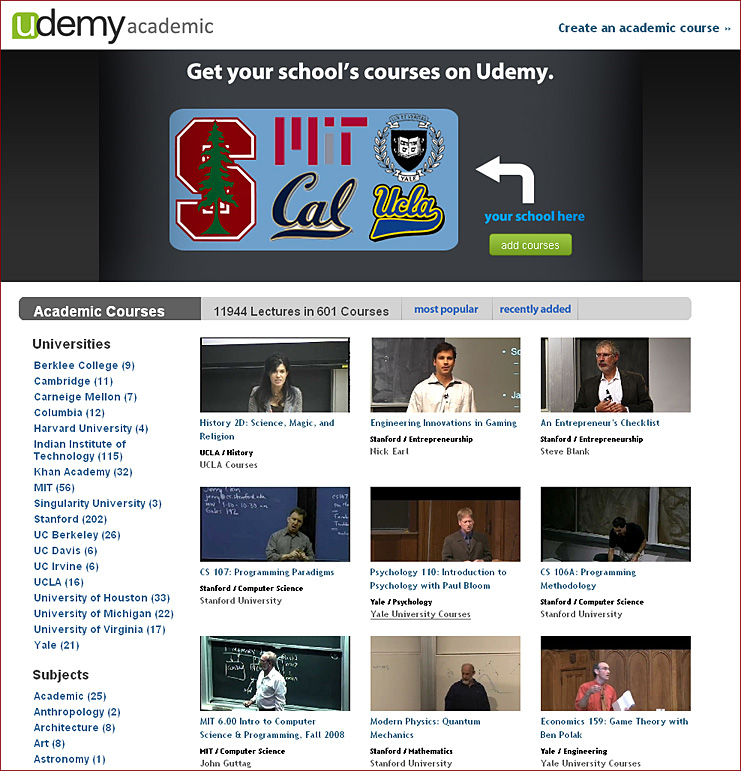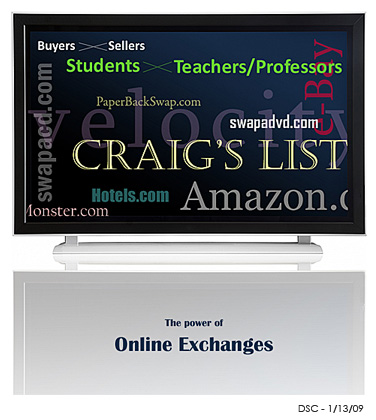Disrupting College: How disruptive innovation can deliver quality and affordability to postsecondary education— from americanprogress.org by Clayton M. Christensen, Michael B. Horn, Louis Soares, Louis Caldera

This emerging disruptive innovation—online education—also presents an opportunity to rethink many of the age-old assumptions about higher education.
Excerpt:
The theory of disruptive innovation has significant explanatory power in thinking through the challenges and changes confronting higher education. Disruptive innovation is the process by which a sector that has previously served only a limited few because its products and services were complicated, expensive, and inaccessible, is transformed into one whose products and services are simple, affordable, and convenient and serves many no matter their wealth or expertise. The new innovation does so by redefining quality in a simple and often disparaged application at first and then gradually improves such that it takes more and more market share over time as it becomes able to tackle more complicated problems.
Also see:
Disruption, Delivery and Degrees — from InsideHigherEd.com
WASHINGTON — Many college professors and administrators shudder at comparisons between what they do and what, say, computer or automobile makers do. (And just watch how they bristle if you dare call higher education an “industry.”) But in a new report, the man who examined how technology has “disrupted” and reshaped those and other manufacturing industries has turned his gaze to higher education, arguing that it faces peril if it does not change to meet the challenge. The report, “Disrupting College,” was also the subject of a panel discussion Tuesday at the Center for American Progress, which released the report along with the Innosight Institute. (A video recording of the event is available here.)









